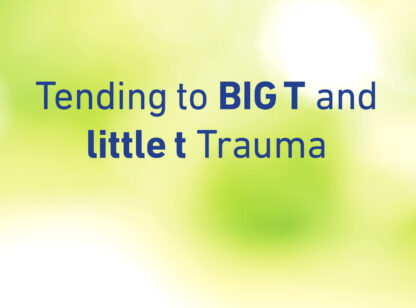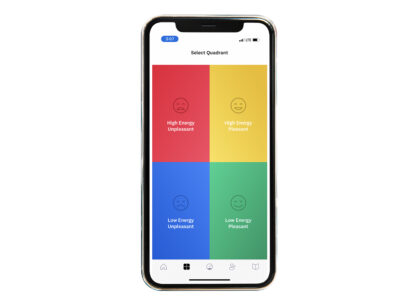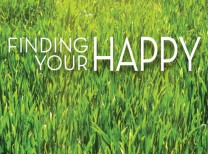The power of the breath and its central role in health and longevity was something that the ancient Taoists verified more than 2,500 years ago. Now, centuries later, we know that breathing plays a very powerful role in energizing and detoxifying the body, and reducing the levels of pernicious, destructive stress.
In our normal, everyday life we simply breathe…our bodies just breathe without us having to do anything. Regrettably, given our hectic lifestyle and our desire to look “thin-waisted,” most of us tend to breathe into the chest (thoracic breathing). This is an inefficient way of breathing in that the oxygen intake is insufficient. As a result, we feel stressed, exhausted, disordered, and stagnant most of the time. Thoracic breathing often puts us in a pathologic, and often chronic, “fight-or-flight,” autopilot mode.
However, if we avail ourselves of the power of the breath by learning how to breathe mindfully, introspectively, and intentionally (MII), we can put ourselves in the “rest-and-digest” mode.
To tap into the power of the breath, we refer to a number of techniques. Some of these are used as meditative modalities, while others are used to increase oxygenation of the body or expand lung capacity. Yet, their common denominator is that all of them trigger biologic and biochemical reactions that reduce the level of the harmful stress-triggering hormone, cortisol.
This article describes two particularly easy, safe and inexpensive ways to breathe MII and reduce your level of stress.
The first is to sit quietly on a cushion or lie on a bed in a dimly lit environment, perhaps suffused with subdued music. Close your eyes and take 15 unhurried breaths, concentrating on making the out-breaths long and slow. If you lose count, your mind has drifted into the past or opened doors into the future. Since you are not going anywhere, simply start again.
The second is to lie back comfortably, close your eyes and pay attention to different parts of the body. You may start by using your imagination to direct the breath to your feet and noticing the sensations you are experiencing there. After a few breaths into the feet, direct the breath to, let’s say, your calves. Again, noticing the sensations you feel there. You then proceed by directing your breath upward to different parts of your body, until you reach the head.
You will find that these two techniques allow you to “take a vacation from thinking.” MII breathing reduces our levels of stress; sharpens our mental and physical performance; enhances our concentration; intensifies information processing; ameliorates the intensity of symptoms that accompany migraine headaches, clinical depression, fatigue, and insomnia; alleviates depression, and boosts our energy. Mindful breathing adds energetic spark to our life—it’s a prescription that works wonders.
Jaime Carlo-Casellas, Ph.D. is a Stress Management Specialist, a Certified Life Coach, a Registered Yoga Instructor, and founding director of the Stress Management & Prevention Center in Rancho Mirage. For more visit www.stressprevention.org (760)464-2150
Resources: (1) Reid, Daniel: The Tao of Health, Sex and Longevity, Simon and Schuster, New York, 1998; (2) Coulter, David and McCall, Timothy: Anatomy of Hatha Yoga: A Manual for Students, Teachers, and Practitioners, Kindle e-book, 2002













































Comments (0)